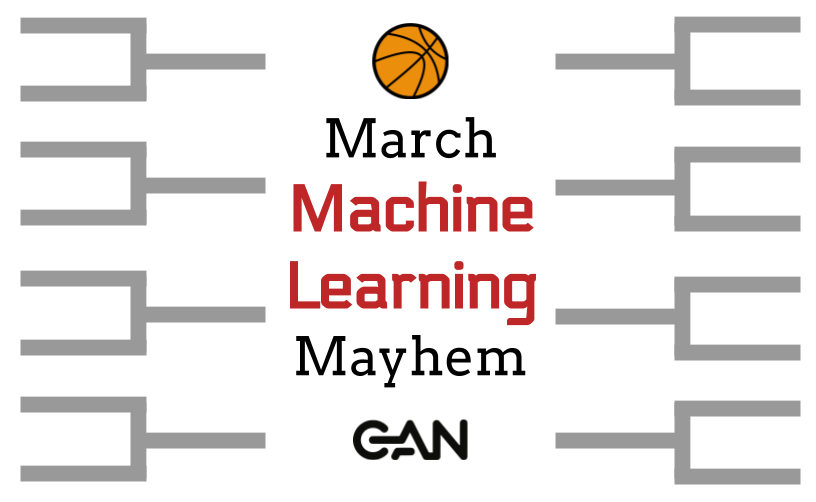
by Nate Watson | Mar 13, 2017 | News
Machine Learning and the NCAA Men’s Basketball Tournament Methodology <<This article is meant to be the technical document following the above article. Please read the following article before continuing.>> “The past may not be the best predictor of the...
by Nate Watson | Jan 25, 2017 | Featured Posts, News
We get asked quite frequently: Why should my company invest in predictive analytics? Why even bother? What can it do for us? Great questions. Predictive Analytics, or predictive analysis, used to be a competitive advantage. All through the first part of the 2010s,...


